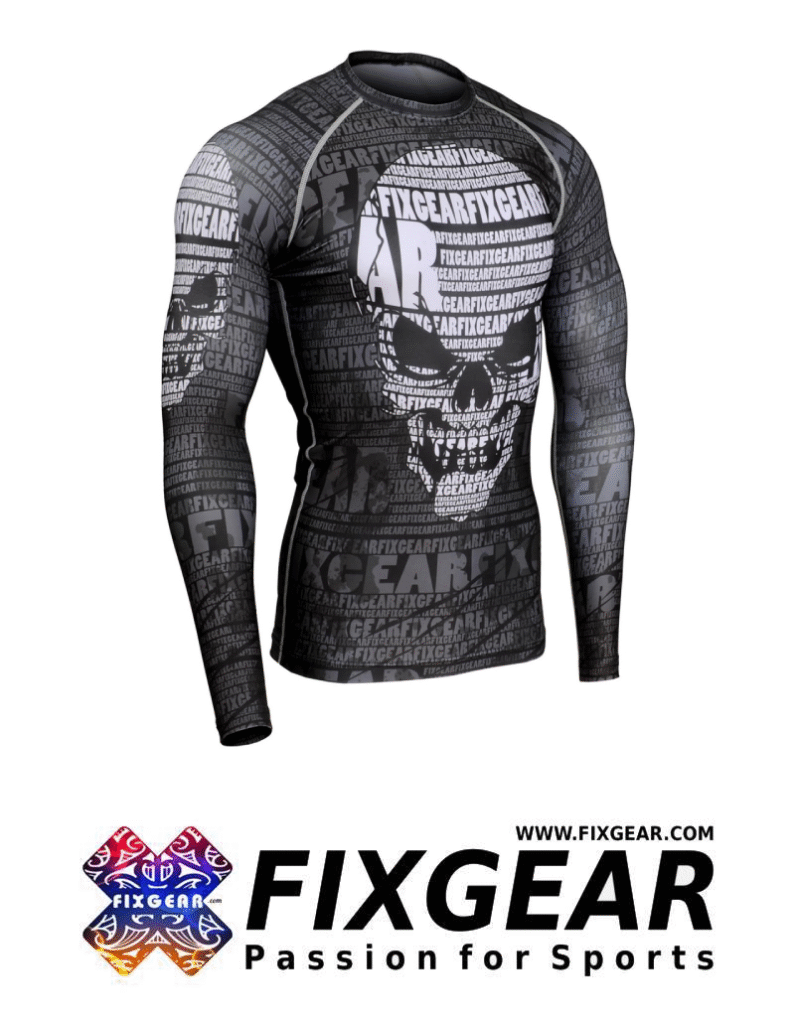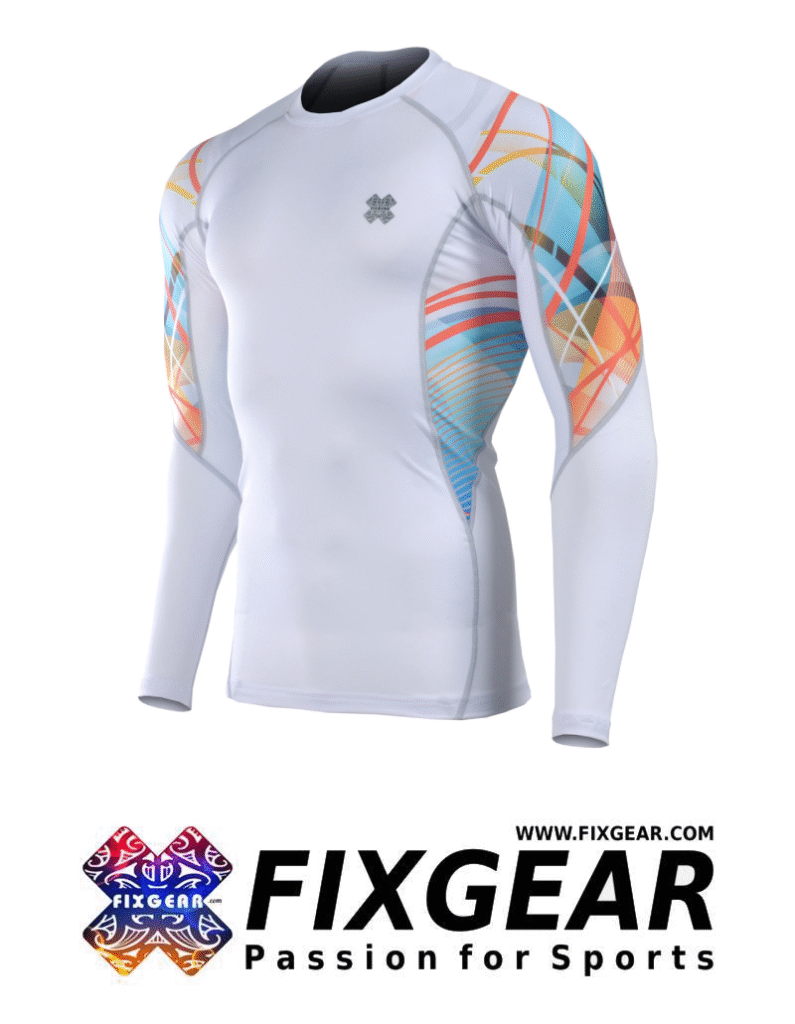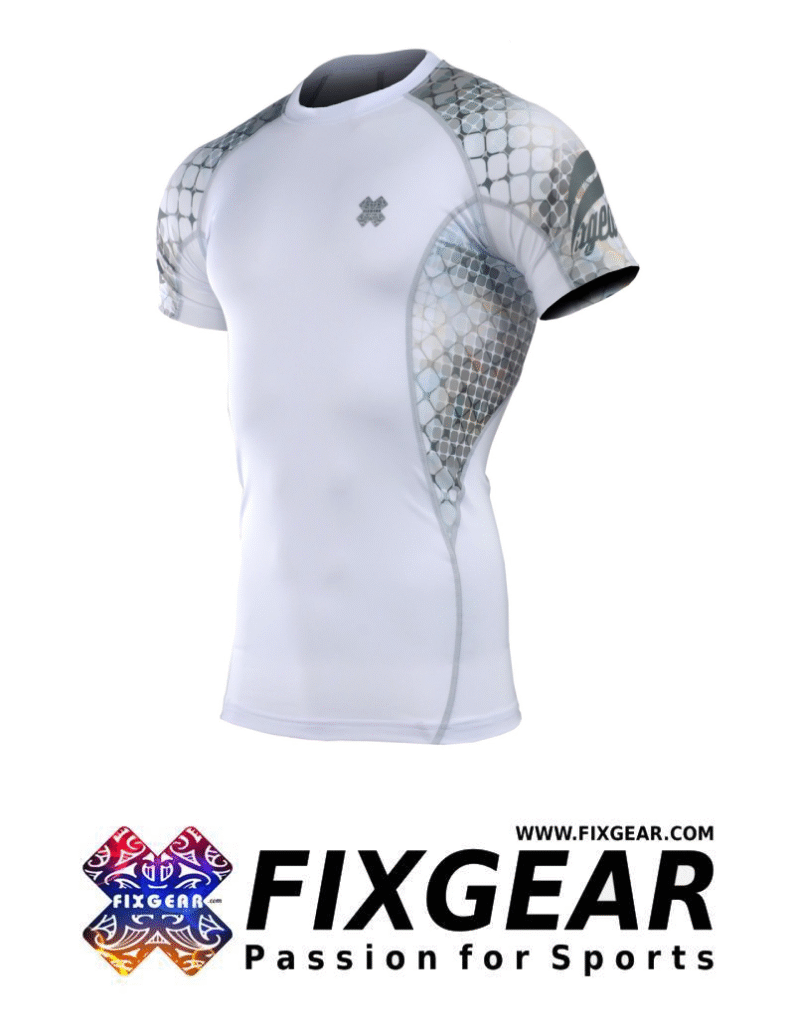The point of a compression shirt is to provide support and enhance performance during physical activities. Here are some key benefits:
1. Muscle Support: Compression shirts help stabilize muscles and reduce muscle vibration during exercise, which can minimize fatigue and soreness.
2. Improved Circulation: They promote blood flow, enhancing oxygen delivery to muscles and aiding in recovery.
3. Temperature Regulation: Many compression shirts are made from moisture-wicking materials that help keep the body cool and dry.
4. Comfort: The snug fit can provide comfort and security, making them suitable for various activities, from workouts to casual wear.
5. Aesthetic Appeal: Compression shirts can create a streamlined appearance, which some individuals find appealing.
Compression shirts are designed to enhance performance, comfort, and recovery in athletic and everyday settings.
1 – What are the disadvantages of compression shirts?
Some disadvantages of compression shirts include:
1. Discomfort: They can be tight and restrictive, which may lead to discomfort for some wearers, especially if worn for extended periods.
2. Skin Irritation: The snug fit can cause chafing or irritation, particularly during intense physical activity or in hot weather.
3. Cost: Compression shirts can be more expensive than regular athletic shirts, which might deter some individuals from purchasing them.
4. Temperature Regulation: While they can keep muscles warm, they may trap heat, leading to overheating during workouts.
5. Limited Mobility: The tightness may hinder movement for some people, particularly in activities requiring a full range of motion.
2 – Do compression shirts hide belly fat?
Yes, compression shirts can help create a smoother appearance and may temporarily hide belly fat by compressing the abdominal area. This can give the wearer a more toned look, but it’s important to note that they do not reduce fat. The effect is more about appearance than actual weight loss.
3 – Who should wear a compression T-shirt?
Compression T-shirts can be beneficial for a variety of individuals, including:
1. Athletes: Those engaging in sports or intense workouts can benefit from the support and muscle stabilization that compression wear provides.
2. Fitness Enthusiasts: People who regularly participate in fitness activities may find that compression shirts help reduce muscle fatigue and soreness.
3. Individuals with Certain Medical Conditions: Compression wear can be recommended for those with circulatory issues or conditions like lymphedema, as it may improve blood flow.
4. Post-Surgery Patients: Some individuals recovering from surgery may be advised to wear compression garments to support healing.
5. Casual Wearers: Compression shirts are suitable for anyone looking for a snug fit and a streamlined appearance for everyday activities.
4 – Why are compression shirts so attractive?
Compression shirts are often deemed attractive for several reasons:
1. Sleek Appearance: They fit snugly against the body, highlighting muscle definition and creating a streamlined silhouette, which many find visually appealing.
2. Support and Comfort: The compression can enhance comfort during physical activities, making wearers feel more confident and secure in their movements.
3. Performance Enhancement: Many people associate compression wear with improved athletic performance, which can contribute to its attractiveness as part of a fitness-oriented lifestyle.
4. Fashion Trends: Compression shirts are often seen as stylish and contemporary, fitting well into various athletic and casual fashion trends.
5. Body Confidence: For some, wearing a compression shirt can boost confidence by providing a flattering fit that minimizes the appearance of specific body areas.
5 – Is a compression shirt supposed to be tight?
Yes, a compression shirt is designed to be tight. The snug fit is intended to support the muscles, improve blood circulation, and reduce muscle fatigue during physical activities. However, it should not be so tight that it causes discomfort or restricts movement. Choosing the right size is essential to ensure that the compression is practical while still being comfortable.
6 – What are the negatives of compression shorts?
Some negatives of compression shorts include:
1. Discomfort: Some individuals may feel too tight, especially if the sizing is incorrect or worn for extended periods.
2. Skin Irritation: The snug fit can cause chafing or irritation, particularly during intense physical activities or in hot weather.
3. Cost: Compression shorts can be more expensive than regular shorts, which might not appeal to everyone.
4. Temperature Regulation: While they can keep muscles warm, they may trap heat, leading to discomfort and overheating during workouts.
5. Limited Variety: Some people may find fewer styles or designs than regular athletic shorts.
7 – Do compression shirts help with fat?
Compression shirts do not help with fat loss. They are designed to support muscles and improve circulation during physical activities, but they do not directly affect reducing body fat. However, they may create a smoother appearance and temporarily hide fat by compressing the abdominal area, giving the wearer a more toned look. A combination of a healthy diet and regular exercise is necessary for actual fat loss.
8 – Do compression shirts keep you warm or cool?
Compression shirts can keep you warm by providing insulation and retaining body heat, making them suitable for cooler weather or activities where maintaining warmth is beneficial. However, they can also help wick moisture away from the skin, keeping you cooler during intense workouts in warmer conditions. Ultimately, the effect of a compression shirt on body temperature can depend on the fabric used and the context in which it is worn.
9 – Is it reasonable to sleep with a compression shirt on?
Wearing a compression shirt while sleeping can benefit some individuals, as it may provide muscle support and improve circulation, aiding recovery after workouts. However, it may not be comfortable for everyone, especially if the shirt is too tight or restrictive. If you sleep in one, ensure it fits well and doesn’t cause discomfort. Listening to your body and adjusting based on your comfort level is essential.
10 – What is the difference between tight clothes and compression
The main differences between tight clothes and compression garments are:
1. Purpose: Tight clothes are designed primarily for style and fit, providing a snug appearance without specific functional benefits. Compression garments, on the other hand, are engineered to provide support, enhance circulation, and reduce muscle fatigue during physical activities.
2. Fit and Pressure: While both types of clothing fit closely to the body, compression garments apply graduated pressure to specific areas, aiding blood flow and recovery. Tight clothes may not have this targeted pressure and can be fitted without providing any physiological benefits.
3. Materials: Compression garments are often made from specialized fabrics that provide elasticity and moisture-wicking properties, promoting comfort and performance. Tight clothes can be made from various materials without the same focus on functionality.
4. Use Cases: Compression garments are commonly used in athletic contexts, during recovery, or for medical purposes, whereas tight clothes can be worn for casual or fashion reasons without any functional intent.
11 – Can you wear a compression shirt by itself?
You can wear a compression shirt alone, especially during workouts, sports, or casual activities. Many wear them as standalone tops because they offer a sleek and fitted look. However, whether it’s appropriate depends on the setting and personal comfort. You should pair it with other clothing in more formal or casual settings for a complete outfit.
12 – Are compression shirts good for muscles?
Yes, compression shirts can be good for muscles. They are designed to provide support and stability during physical activities, which can help reduce muscle fatigue and soreness. Their graduated compression promotes better blood circulation, which may aid muscle recovery after intense workouts. Additionally, many athletes find that wearing compression shirts helps them feel more comfortable and secure while exercising.




